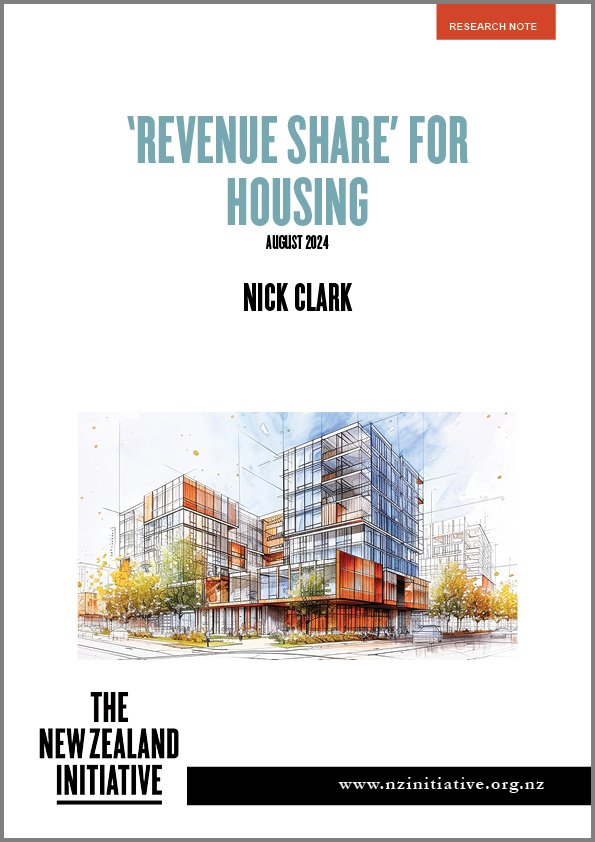
Sharing (Housing) With Friends
The Sharing with Friends housing model was born out of a burning desire for housing justice for single older women who are in the "missing middle"--who do not qualify for social housing but also can't afford market rental or to buy their own home and who are living on the edge of housing insecurity.
The unique co-housing model provides an affordable, secure, and connected way of living where five women, who self-select, share a specifically designed house which offers privacy and automony while also a sense of community, having spaces for shared meals and activities.
I interview Susan Davies and Adrienne Irvine, founders of the Sharing with Friends Foundation about how they formed the foundation and fund the development, how the programme gives women agency by through workshops that empowers them to design how they will live together, and how the model can be replicated throughout Australia and other countries.

HomeShare for Her, Co-op Living, easier THOW policy
The HomeShare for Her program is located in the Nelson-Tasman region of Aotearoa NZ. The program addresses the lack of affordable housing and the lack of available housing for single women. According to a Stuff article in April 2023, “low wages and expensive housing make the Nelson Tasman area unaffordable” with the region’s housing being the third worst in the country.
But the other thing that the programme does is it mitigates the problems that can come up when people share a living space together.
So, HomeShare for Her hopes to mitigate problematic house-sharing experiences and help women have the best possible shared living situation, sharing the home in a way that's equal, where everyone living there feels like the house really is their home.
This a programme that could be replicated in other regions so listen in to learn about how it's done.

Sharing revenue to create more housing
If you're frustrated by the amount of rates that you pay and the rates increases that many councils are doing, you are not alone. Many people complain, “councils, all they care about is money.” And yet, they have increasing expenses & responsibilities to pay for with less income--a gap that's been widening over decades. The amount of income that they're able to generate through rates is not covering all the things they're responsible for. So, what is the solution?
Well, we've got Nick Clark, with the NZ Initiative, on the Homefullness Show to explain to us how the new policy he's proposing called Revenue Share for Housing could work. He says it could clear most council debt and create new income streams for local councils. The benefit is that there'll be more money to be able to support new housing construction and the infrastructure needed for that and rates hopefully won't continue to increase.
So how does this work? Well, we're going to explain about it in this episode, but the basics are that: A portion of the GST that's collected by central government from local councils on new builds would be given back to the councils.
This is really a game changer, so listen in to hear about this policy that could increase the amount of income your counsel is able to generate to create new housing in your area and that might even stabilize the rates.

Cooperative Living, Tiny Home Challenges, Support for Landsharing
Around the country, people are trying to get their housing needs met with Tiny Homes on Wheels (THOW)*. Unfortunately, many are getting told by their council that they are in breach of the building act and the resource management act.
Policies differ and can even be contradictory between central and local government planning regulations—is it a building or a vehicle? What does fixed to land mean? How long can it be lived in before being considered a dwelling? These contradictions create insecurity for people living in tiny homes and for the landowners who have offered their land for a THOW to be parked.

Women catalysing affordable and collaborative housing and neighbourhood models
The Housing Older Women’s Movement contracted me to support them to roll out the My Home, Your Home, Our Homes community engagement series in SE QLD to catalyse affordable community-led housing. It was a successful and jam packed two weeks of events.
